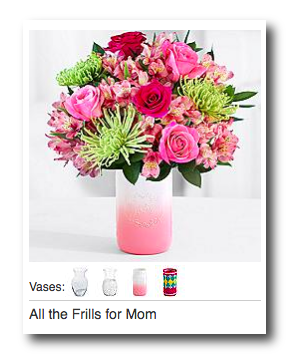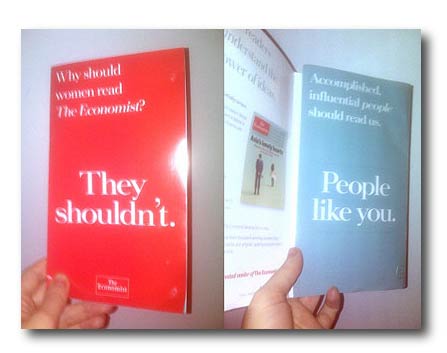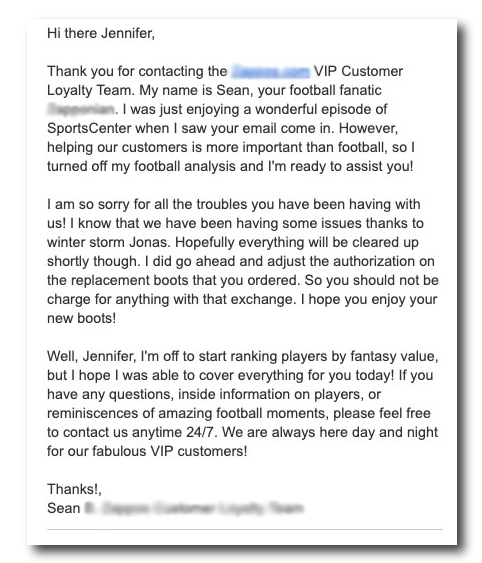
Why designing for delight doesn't always work

“Delight” is a word we hear often when talking about customer experience and with good reason—it captures a feeling most of us probably wish we had more often. So it’s no surprise that CX folks are somewhat obsessed with the concept of designing for delight. After all, who doesn’t like to be delighted? What could possibly go wrong?
But as most of us know from experience—and Murphy’s Law—anything that can go wrong will go wrong. So why is it that so many companies plan for the best, but are ill-prepared for the worst? We all want delighted customers, but experience tells us that eventually, something will go wrong—either with the company or the customer—and delight isn’t going to help anyone in that situation.
If you want to build trust and loyalty with your customers, stop focusing all your energy on delighting them. Instead, bridge the empathy gap by considering where customers are in their journey, rather than where you want them to be.
While customer personas give you a good sense for the people that interact with your product, there’s no way they’ll cover every individual that experiences your brand. Pleasing everyone all the time, however, isn’t feasible (or scaleable) so you’ll have to find some middle ground.
Incorporating human insight into your design process will enable you to uncover areas where you might unintentionally upset or frustrate your customers when all you were trying to do was delight them.
While you can’t plan for every situation, there are a few steps you can take to help shift your mindset from designing for delight to designing for your customer.
1. What's your customer's emotional context?
Understanding the context in which your customers will be interacting with your product is an important step in bridging the empathy gap during the design process. Teams often think about the physical context people will be in when interacting with their products. Are they on a train or in a car, commuting to work, at home on the couch?
But what about the customer’s emotional context? It’s important to consider what your customers might be going through before rolling out a new product or feature.
Online florists are a great example of how this could go wrong. Imagine searching for flowers to send a family member after the passing of a loved one. You’d probably expect that choosing the “Sympathy” section of the site would limit your search to somber arrangements, appropriate for the occasion.
How would you feel if you instead saw cheerful arrangements, some with captions like this one—not exactly what you’d say to a grieving relative.

It’s easy to see how this happened. The same flower arrangement could be used for many different occasions. But the copy that accompanies the image is of context for other categories and not appropriate for every situation.
How to avoid it
It may sound a little dark, but it’s always a good idea to consider the worst-case scenario, especially when it comes to images and copy. When you’re designing your product, try to imagine the worst way an experience could be perceived.
If the florist in this example had imagined that their own mother had just passed away, they would’ve quickly seen how that delightful copy could have the opposite effect on a particular customer.
Once you think you’ve considered all the angles, test with real people across demographic backgrounds to get their impressions and explore any potential situations you haven’t considered. And don’t stop once your product has shipped. Gathering regular human insight ensures that your brand is keeping up with consumer’s changing needs and expectations.
2. How can your message be misinterpreted?
Most companies probably don’t set out to intentionally offend or upset their customers, yet the news is filled with examples of companies missing the mark with customers. The marketing, advertising, or social media team starts out with the best intentions. They craft a clever message that’s on brand that they think will resonate with their audience.
And moments after the campaign hits the internet, they realize that their brand is trending on Twitter, but not in a good way. That message they thought was so clever, happened to also be pretty offensive if misinterpreted.
That’s exactly what happened to The Economist. The magazine’s market research had shown that women weren’t subscribing as much as men, so they decided to include some promotional materials in an issue that was intended to inspire more women to subscribe. The result was quite the opposite.

Source: NY Magazine, The Cut
While the folks at The Economist were likely hoping to delight their female readers with a bold, progressive statement, they didn’t consider that maybe that message could be misinterpreted—especially if they only read the first panel.
How to avoid it
There’s no magic formula to ensure you never offend anyone, but you can alleviate most of the risk by testing concepts with your customers and asking one simple question: How could this message be misinterpreted? No matter how attached you may be to a clever design, you’ll be glad you tested it first knowing that you can avoid alienating—and losing—your customers.
3. Is customer service an issue?
Infusing delight into customer service interactions can be tricky. On one hand, you might be able to diffuse a tense situation and make your customer happy, but on the other, you might end up angering an already frustrated customer.
People often reach out to customer service when something goes wrong, making it a safe bet that delight isn’t what customers are looking for.
Take this example from a company that’s well-known for its outstanding customer service. This email response, which followed many prior frustrated exchanges misses the mark. The light-hearted, clearly templated introduction feels insincere and unnecessary.
The email is three paragraphs long, and only one of them has anything to do with the order. The rest is talking about football, which even a fellow fan won’t care about—they just want their issue resolved.
By the end of the email, this customer may be understandably annoyed and still has no resolution to their issue.

While it’s commendable that the company was trying to humanize what appears to be an auto-generated email, what this situation really needed was an actual human. Automation can be a huge help to organizations, but only if there are guardrails in place to flag potentially sensitive situations and prevent sending an overly-casual response like this one.
How to avoid it
There’s no quick and easy solution to this challenge, but the guiding principle is to always be empathetic to the context of your interaction with your customer.
Customer-facing employees should be encouraged to use scripts or templated responses sparingly—especially if the customer has made repeated requests recently. Test those responses with your target audience regularly to gauge how they’re perceived. Ask test participants to imagine something going wrong and that they’re already frustrated with their experience—chances are, they’ll point out that humor and levity aren’t appreciated.
Design with human insight
Whether you’re developing a new product or service, marketing collateral, product copy, or even an email campaign, be sure to test those experiences with your target audiences.
Remote user testing is a great way to do this quickly and easily but don’t forget about customer interviews, too. Within just a few hours you’ll know if you hit the mark, or if it’s back to the drawing board (and avoiding disaster).
Want to learn more?
If you’d like to learn how UserTesting can help you understand your customers through on-demand human insight, contact us here.
In this Article

Learn more
Learn more


